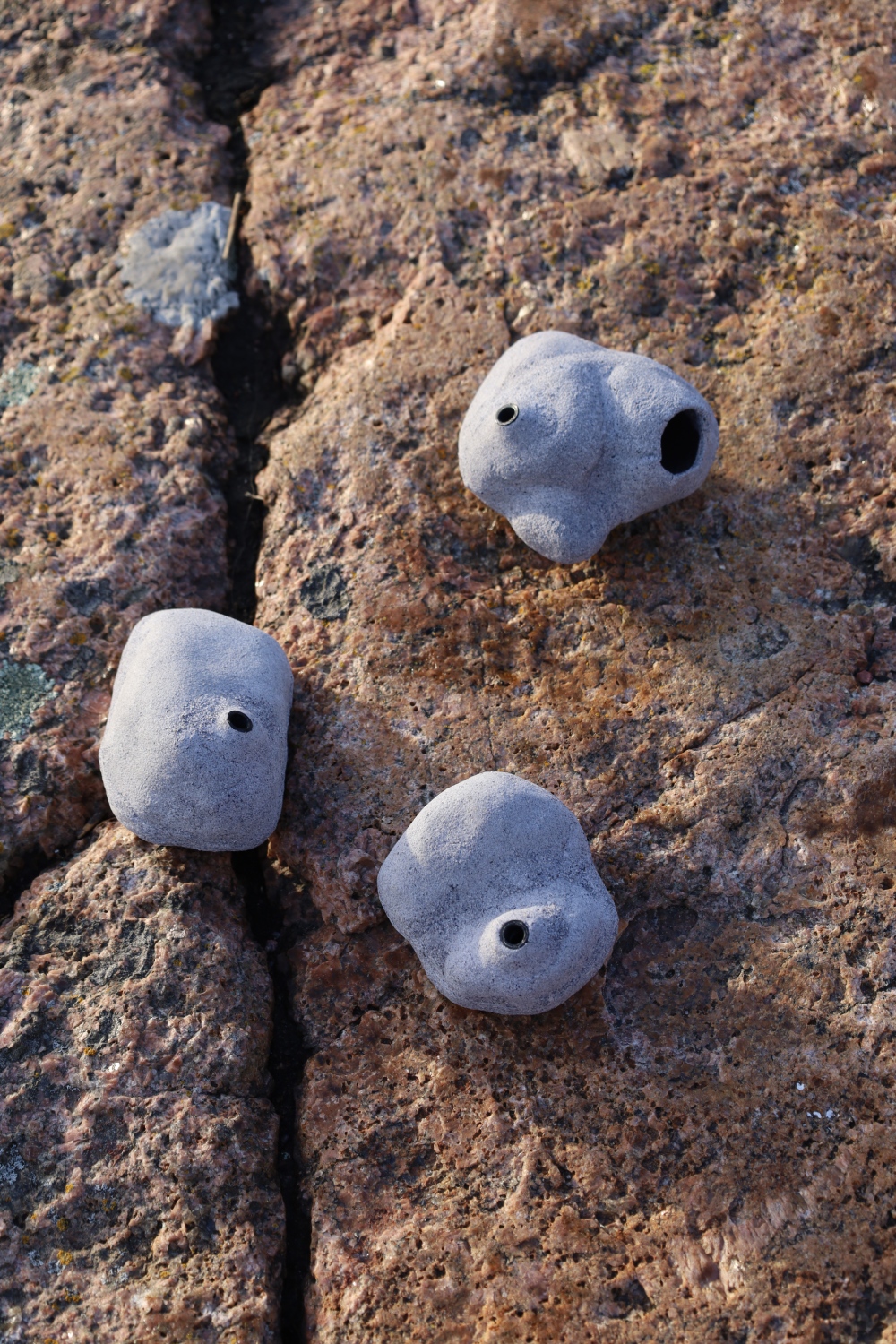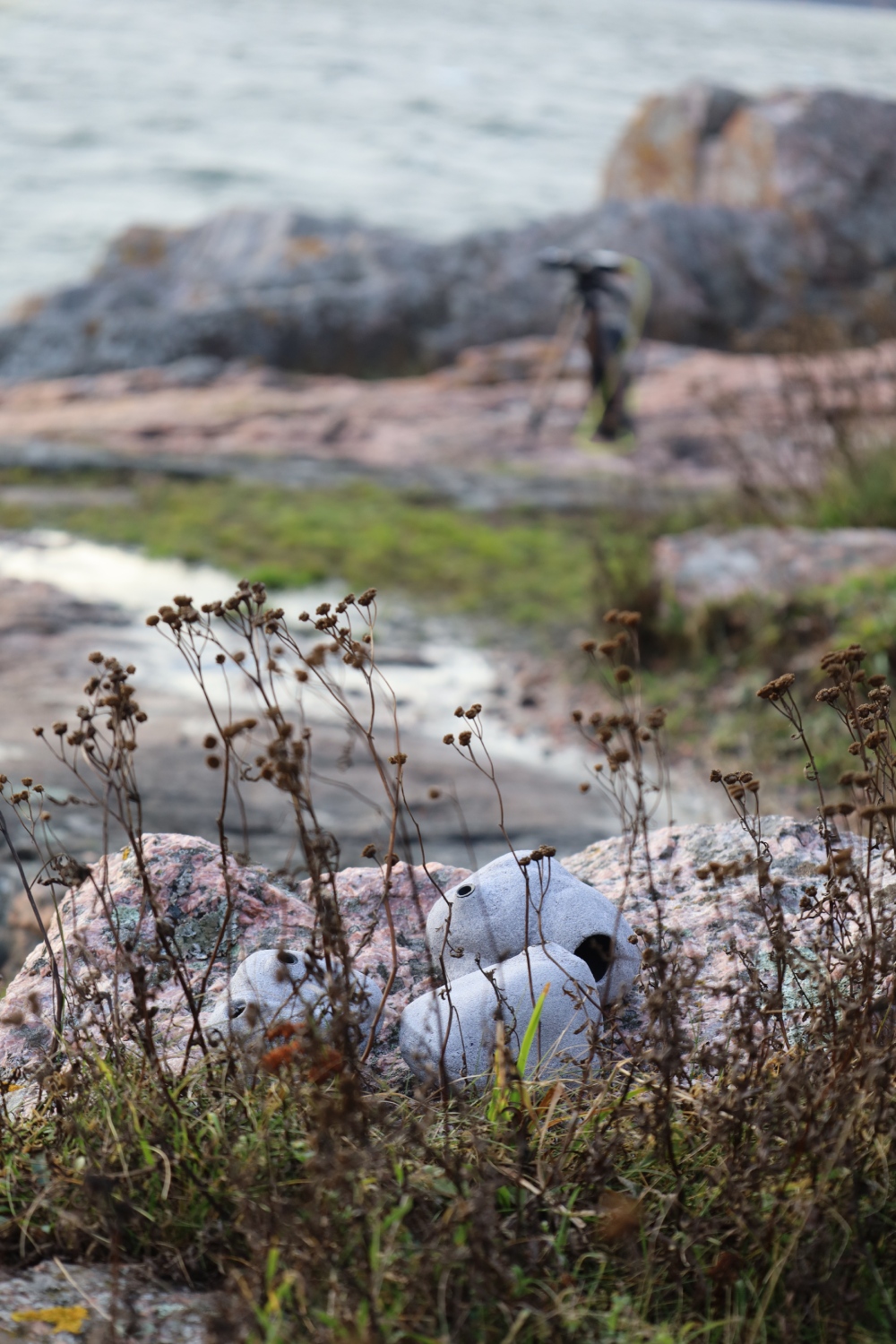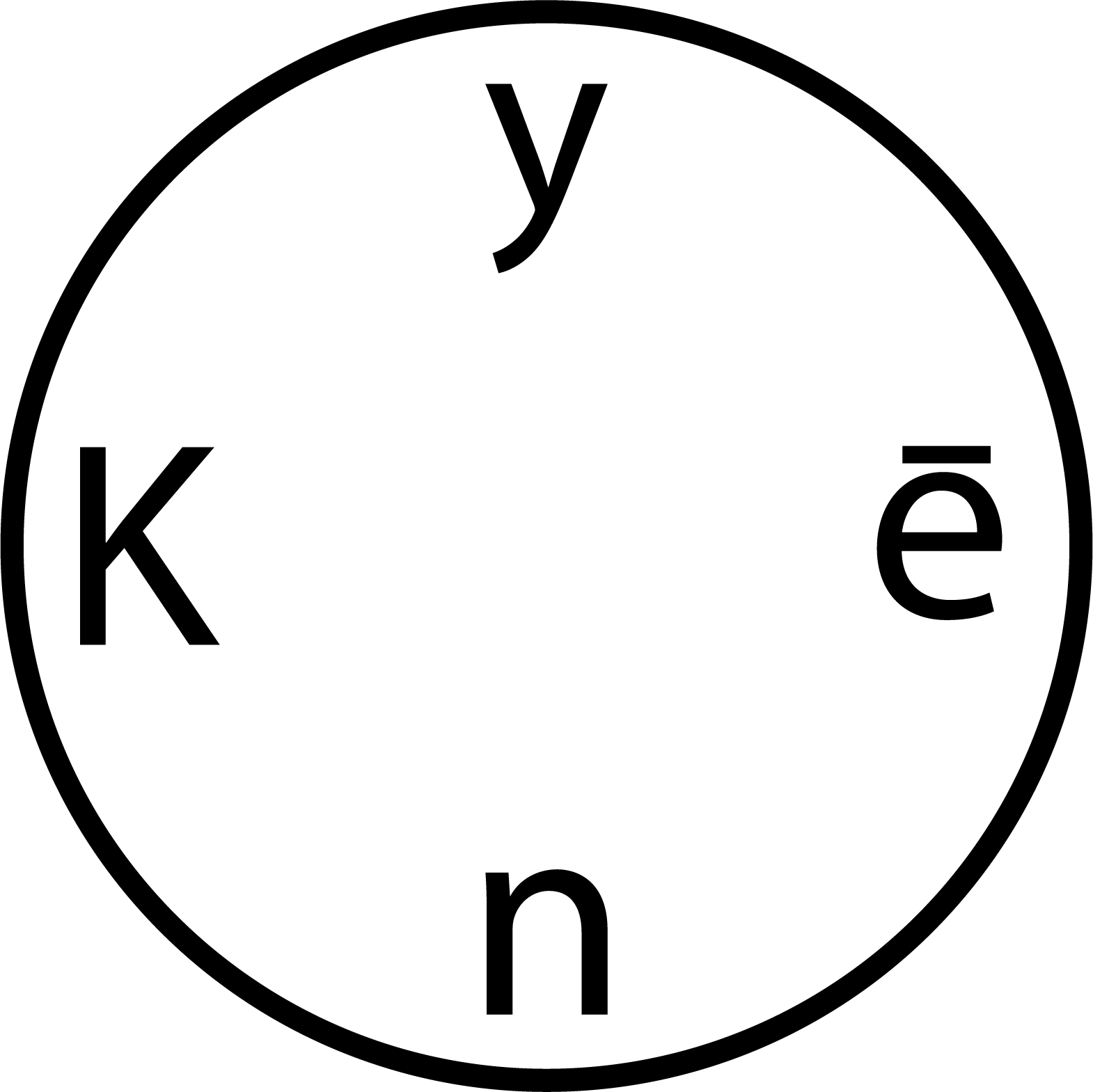Stefan Maier
Stefan Maier is a new media artist based in Vienna. His work is characterized by a deep exploration of how technology can transform our sensory perception and the way we interact with each other.


During his residency he works on his project:
Echoes of the Shore
Seashell-Listening Apperati for Urban and Rural Soundscapes
Echoes of the Shore is a sonic material research project that began during the MAXRES Residency in Helsinki in October 2024. The project delves into the intricate relationship between sound and matter, exploring how form influences the act of listening and how sound, space, and materiality are co-constituted through their dynamic interplay. It investigates sound as a relational phenomenon, emerging from the interaction of material, environment, and perception.
The project is conceptually grounded in the German term ohrmuschel, which combines ohr (ear) and muschel (shell), evoking the anatomical shape of the human ear as it mirrors the spiraling form of a seashell. This morphological connection points to a shared function—both the ear and the shell serve as resonators and amplifiers of sound. The well-known auditory illusion of hearing the "ocean rushing" from a seashell is a result of the shell's geometry, which reshapes ambient noise into a resonant sound. This phenomenon highlights how material form mediates our auditory experience.
A key component of the research is the development of a bio-material made from discarded seashells sourced from local Helsinki restaurants, including Boulevard Social, Merimakasiini, and Salutorget. These shells, typically food waste, are combined with seaweed-based binders created in collaboration with Caracara Collective's Binders of the Sea workshop. The result is a clay-like compound that can be sculpted into objects. It was used to create sculptural sound devices—referred to as listening apparati—which serve as both artistic pieces and tools for engaging with and transforming the urban and rural soundscapes of Helsinki. In this way, the project reimagines discarded materials, transforming them from waste into active participants in the sonic and environmental landscape.




The methodology emphasizes both the shaping of material and sound. The sculpting process is framed as an embodied exploration of how material form affects the perception of sound, drawing on Pauline Oliveros' Deep Listening philosophy, which stresses the importance of listening as an active, embodied practice. Here, the act of sculpting becomes a form of listening, where the texture, density, and form of the material modulate the sound it reflects and amplifies.
Among several prototypes, the culmination of the research involved creating three listening apparati for field recording. The first field test took place on Suomenlinna, a historic island and former fortification near Helsinki. These devices were used to interact with the island's diverse soundscapes, from the resonant vibrations of its stone architecture to the natural rhythms of its coastal ecosystem.


An important aspect is its engagement with food industry waste and its connection to circular economy practices. Millions of tons of shells from mussels, oysters, and clams are discarded globally each year, often ending up in landfills or polluting marine environments. These shells, however, are rich in calcium carbonate and chitin—materials of significant ecological and agricultural value. By repurposing seashells into sculptures, the project underscores the potential for waste materials to reenter the material cycle.
Once the seashell-based material has served its purpose, it naturally decomposes, enriching the soil with essential nutrients. Calcium carbonate stabilizes soil pH, enhancing soil health and fertility. This regenerative process—from sea to land—embodies the cycles of consumption and offers a new perspective on reimagining our food waste culture.

In Echoes of the Shore, sound is not seen as a pre-existing entity but as something that emerges through the relationships between (non-)human, material, and environmental actants. Sound is understood as relational and contingent on the dynamic interactions between these elements. By shifting away from an anthropocentric view of sound, the project presents a perspective where all materials are active participants in the process of becoming.
Ultimately, the project reconsiders the role of listening in shaping our relationship with the world around us. By intertwining theoretical insights with material experimentation, it offers a new way to engage with sound as a material force that is deeply connected to environmental and ecological concerns. It highlights how sound, matter, and space are not separate entities but co-constituted in an ongoing process of interaction, shaping both our perception and understanding of the world. Through this exploration, the project encourages a reconsideration of our relationship with the materials around us, fostering ecological awareness and active engagement.



